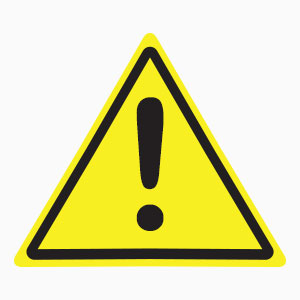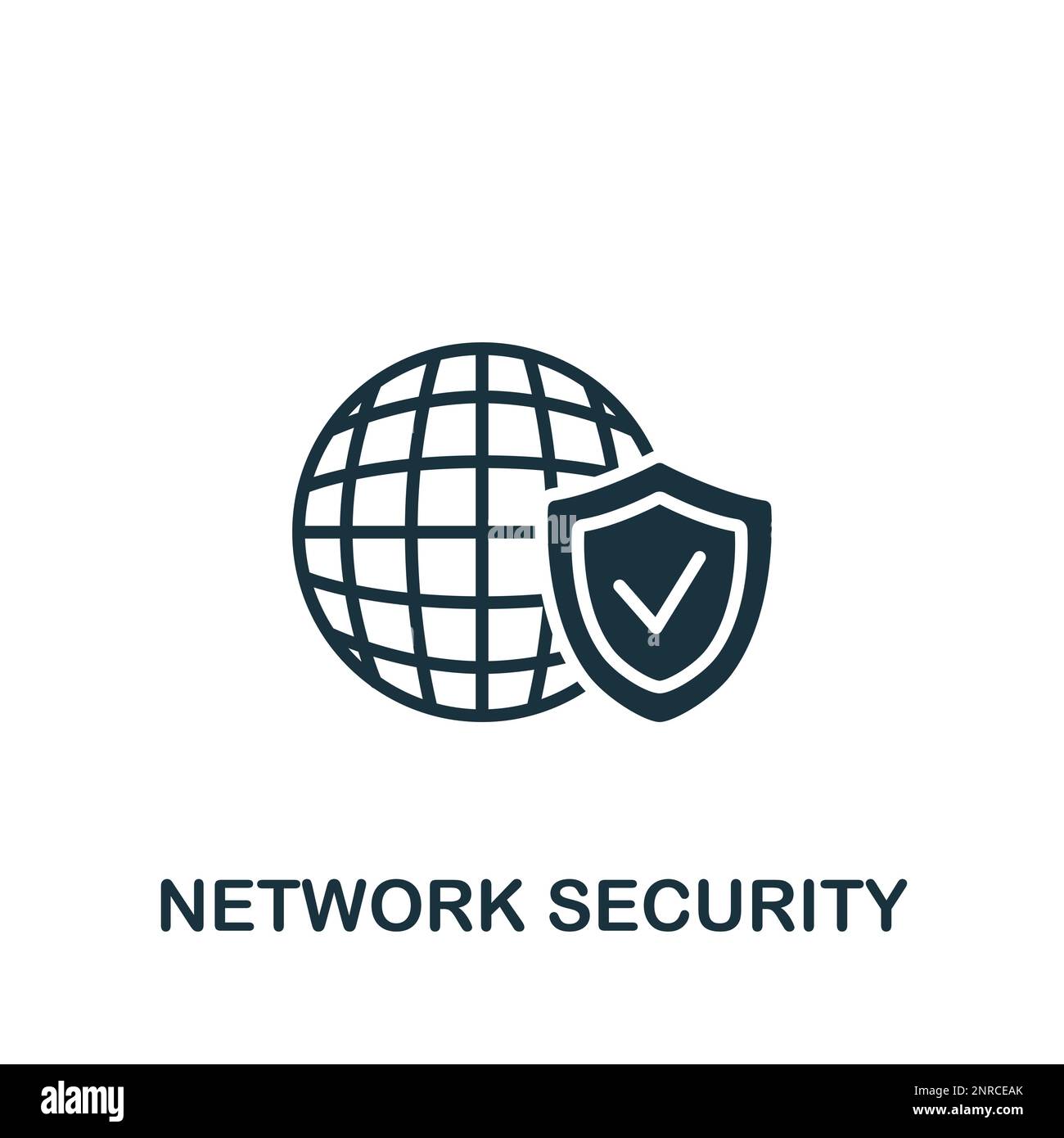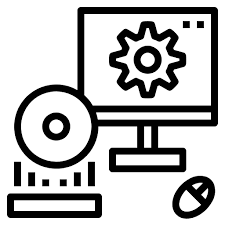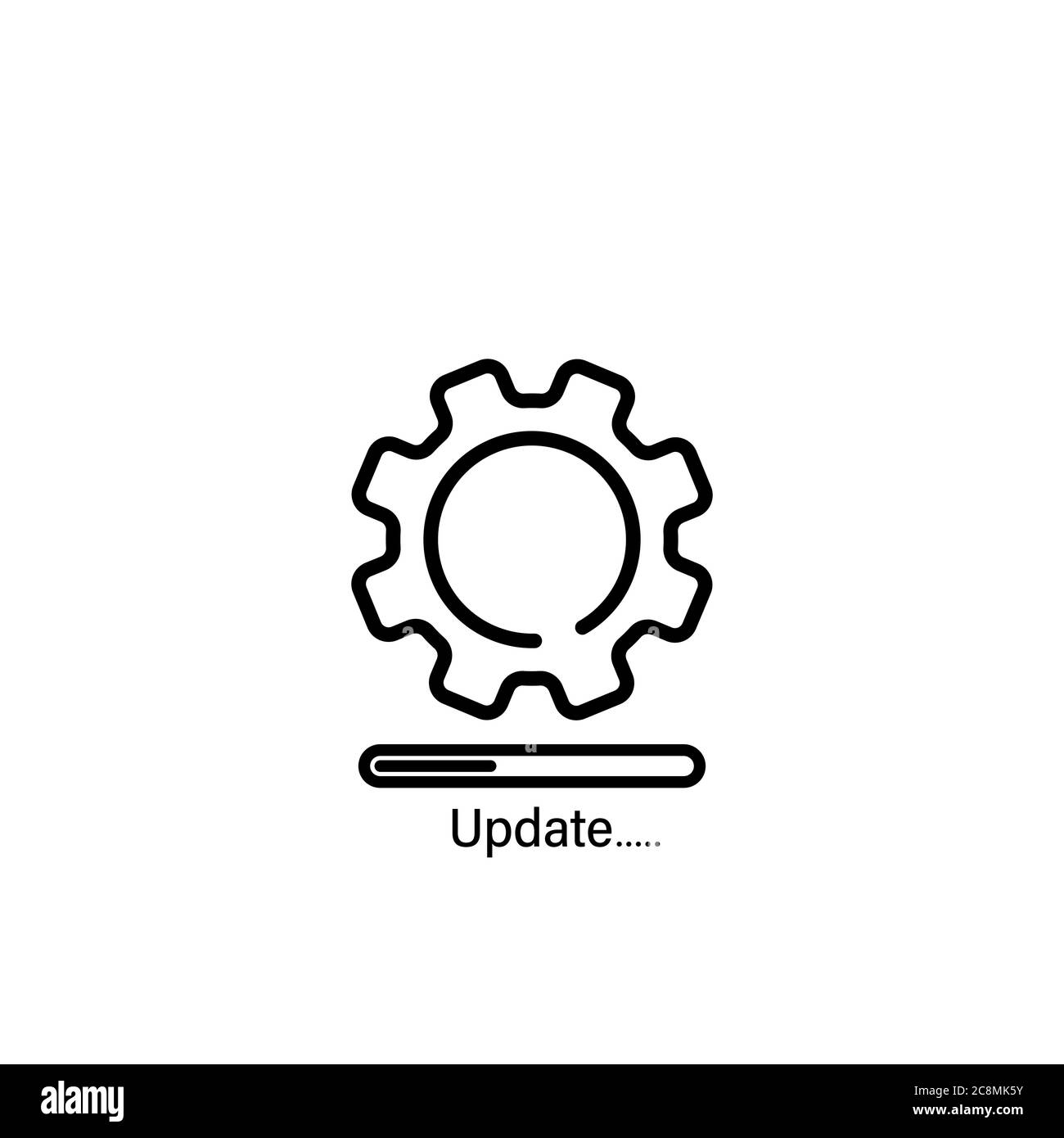Frequently Asked Quesions
Choose the category your quesion falls under, Currently covering General IT quesions
General IT Questions
Choose the type of General quesion You need help with Below
Networking and Internet Basics
An IP address (Internet Protocol address) is a unique identifier assigned to each device connected to a network. It allows devices to communicate with each other over the internet or a local network.
IPv4 uses 32-bit addresses (e.g., 192.168.0.1) and can support about 4.3 billion devices.
IPv6 uses 128-bit addresses (e.g., 2001:0db8:85a3::8a2e:0370:7334) and can support a vastly larger number of devices, addressing the limitations of IPv4
DNS (Domain Name System) translates human-readable domain names (like www.example.com) into IP addresses that computers use to identify each other on the network. When you enter a URL in your browser, DNS servers look up the IP address linked to that domain and direct your device to the correct website.
A MAC (Media Access Control) address is a unique hardware identifier assigned to a network interface card (NIC) for communications on the physical network segment. It is typically fixed and assigned by the hardware manufacturer.
A VPN (Virtual Private Network) creates a secure, encrypted connection between your device and the internet. It protects your online activity, hides your IP address, and allows you to securely access private networks remotely.





